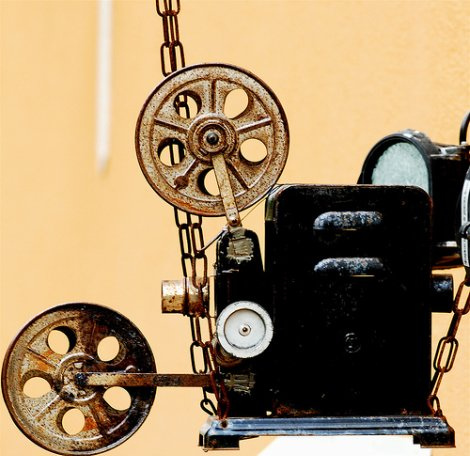


The Campaign for Disability Employment (CDE) added a social media wrinkle to its second “What Can YOU Do?” video contest by asking for the public’s help in choosing the two runners-up by voting online.
The first-place winners in the three categories of Youth, Employer, and General Public each received an Apple iPad. The prize for each of the two runner-up winners is $250 cash, courtesy of the U.S. Business Leadership Network.
We went through the winning videos last Friday; so today, let’s run through the four videos being considered for the runner-up prizes. First, a reminder on the purpose of the “What Can YOU Do?” campaign from CDE’s home page:
At work, it’s what people can do that matters. The Campaign for Disability Employment is a collaborative effort to promote positive employment outcomes for people with disabilities by encouraging employers and others to recognize the value and talent they bring to the workplace.
This first entry by G. Quiming (the CDE site identifies each by first initial and last name only) does a great job of showing the variety of occupations that individuals with disabilities can do. Quiming is from California, and judging from the multiple types of jobs in filmmaking his video covers, I’m guessing somewhere in the Los Angeles area.
We’ve seen how learning media skills can help improve communication for people with disabilities in previous posts, so it’s nice to see some individuals are making their living in Tinseltown.
The video entry from L. Reiser of New York follows a similar pattern to the radio public service messages that the Campaign for Disability Employment has been running for a couple years now. The focus is on each individual as a “valuable asset to the workplace” in both tangible terms, like the woman who is a digital book assembler, and intangibles like leadership as demonstrated by the gentlemen leading off the video, who is the president and CEO of his organization.
“My Uncle” is a simple, sweet video created for the Youth category. A. Young of Maryland uses animated drawings to tell the story of her relationship with her uncle, who is hearing-impaired. This is the only one of the submitted videos that uses voiceover to describe unspoken video actions for people with visual disabilities:
This final video comes from K. Christine of Kansas, and is another submission for the Youth category. I watched this video a bunch of times to figure out which of the nine young people holding up the placards in their place of work was not part of the video’s closing group shot — and therefore, by process of elimination, the likely author of the video. I think I figured it out but I won’t share so you can do the same.
So, which ones did you like? Go to the CDE page and vote for your favorite. Then use the social media tools at the top of this post to share with others and help spread the word about all the things people with disabilities can do in the workplace. The winners will be announced this Friday, June 8. So vote today!
Comments?
Image by SparkCBC, used under its Creative Commons license.